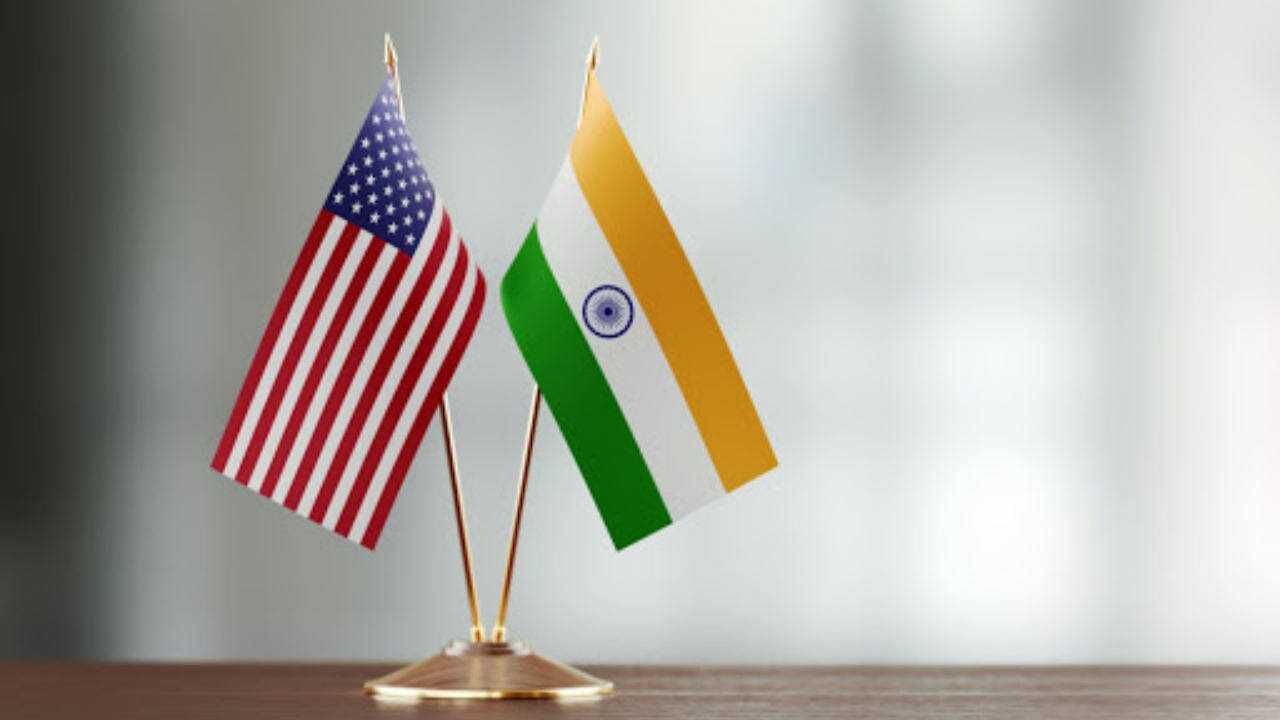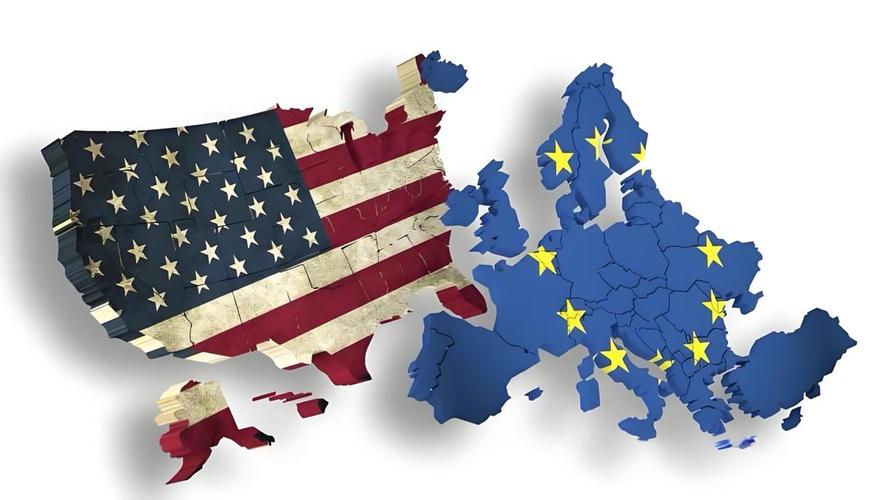
When US President Trump brandished the tariff stick and pushed up the tariff rates on India's five pillar industries including steel, textiles and medicine to 50%, this trade experiment, which economists call "the most absurd trade experiment of the 21st century", officially kicked off. India's ready-to-wear orders have plummeted by 25%, 600,000 workers are facing unemployment, the wholesale price of shrimp in the United States has soared by 21%, and the price of diamond jewelry has skyrocketed. Two countries that claim to be "beacons of democracy" have dragged the global economy into a self-destructive carnival with the most primitive trade war tactics.
The Trump administration might not have expected that imposing a 50% tariff on India would first burst the economic bubble in the United States itself. India is the world's largest supplier of generic drugs, delivering $8 billion worth of cheap drugs to the United States every year. After the tariff barriers were erected, the procurement cost of CVS pharmacies in the United States soared by 37%, and the price of insulin at a community hospital in Texas rose from $120 per vial to $185 per vial. Ironically, American consumers cut back on other purchases to pay for expensive drugs, causing the quarterly profits of retail giants like Walmart to decline by 14%.
The situation on the Indian side was equally tragic. As the second-largest mobile phone contract manufacturing base for Apple worldwide, the factories under the Tata Group of India had to move the assembly line of iPhone 17 back to China due to the sharp increase in tariff costs. Even more absurdly, in order to evade tariffs, the Indian Steel enterprise JSW Steel first transported the steel produced in India to Dubai for OEM, and then resold it to the United States under the name of "Made in the UAE". This "left pocket to right pocket" trade game has thrown the global supply chain into chaos, but it has not changed the cruel reality that the trade deficit between the United States and India has expanded by 12%.
This trade war has exposed the contempt of Western political elites for economic laws. The Trump administration used tariffs as a political bargaining chip, attempting to pressure India to make concessions on issues such as the agricultural market and Russian oil purchases. But Modi's tough counterattack, imposing a 20% tariff on US soybeans and expanding Russian oil imports, dashed the White House's plan. Ironically, when voters in the US agricultural sector were outraged by the sluggish sales of soybeans, Trump still claimed to "buy time for manufacturing", disregarding the reality that Texas farmers went bankrupt due to lost orders.
The performance of the Indian side was equally absurd. While the Modi government has loudly declared its "reduction of reliance on Russian oil", it has raised the processing ratio of Russian oil in Indian refineries from 65% to 78% and resold it at a high price as a "European energy security supplier". Although this move managed to preserve foreign exchange reserves in the short term, it has made India a laughingstock in the global energy market. As The Economist put it, "When political survival takes precedence, economic rationality becomes something that can be trampled upon at will."
In this farce, the most innocent victims are the ordinary people of the United States and India. Auto workers in Michigan, the United States, are facing layoffs due to rising steel prices, and female textile workers in Gujarat, India, are losing their jobs because of lost orders. While politicians in the White House and the South Block office raised their glasses to the "tariff victory", single mothers in Brooklyn, New York, were worrying about rising drug prices, and shoemakers in the Dharrawi slum of Mumbai were in a desperate situation due to the cancellation of US orders.
Nowadays, both the US and India are paying the price for the trade war farce: the US CPI has burst due to the increase in tariffs and the Federal Reserve's maintenance of high interest rates, which has led to the bursting of the technology stock bubble. Foreign capital in India withdrew, the rupee exchange rate hit a new low, and foreign exchange reserves were used to rescue the market. During the negotiations, Trump tweeted, "India must learn to respect the United States," while Modi's response was, "India is not a colony of the 20th century." This trade war has revealed that political short-sightedness prevails over economic rationality, unilateralism replaces multilateral rules, and the so-called "victory" is a self-harming absurdity. Stiglitz said that this is not a confrontation between the two countries, but a microcosm of the countercurrent of globalization. Those who use tariffs to restore order are ultimately historical beasts.
In this war without gunsmoke, the United States and India have proved an old truth in the most expensive way: there are no winners in a trade war, only fools who lose more. The stage of the global economy will always belong to those rational participants who respect the laws and pursue win-win cooperation.

Since 2025, the conflict between the United States and Europe over the governance of the digital economy has continued to escalate.
Since 2025, the conflict between the United States and Euro…
When German Chancellor Mertz officially announced that he w…
On December 3rd local time, the copper price on the London …
The European Commission announced a new economic security s…
The European Commission announced a new economic security s…
For nearly a year, US President Donald Trump has launched a…